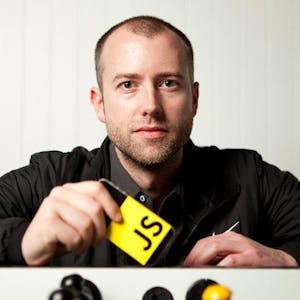InfluxDB is an open source time series database that empowers developers to build IoT, analytics and monitoring software. It is purpose-built to handle the massive volumes and countless sources of time-stamped data produced sensors, applications and infrastructure.
This workshop showcases a fully functional sample application called IoT Center that is built on InfluxDB. This application demonstrates the capabilities of the InfluxDB platform to develop a JavaScript-enabled time-series-based application. It collects, stores and displays a set of values that include temperature, humidity, pressure, CO2 concentration, air quality, as well as provide GPS coordinates from a set of IoT devices. With this data stored in InfluxDB, the application can query this data for display as well as write data back into the database.
This hands-on workshop will show students how to install this open source code to learn how to query and write to InfluxDB using the InfluxDB JavaScript client, and gain familiarity with the Flux lang query language which is designed for querying, analyzing, and acting on time series data. And finally, collect and visualize performance data of the Node JS application.
















Comments